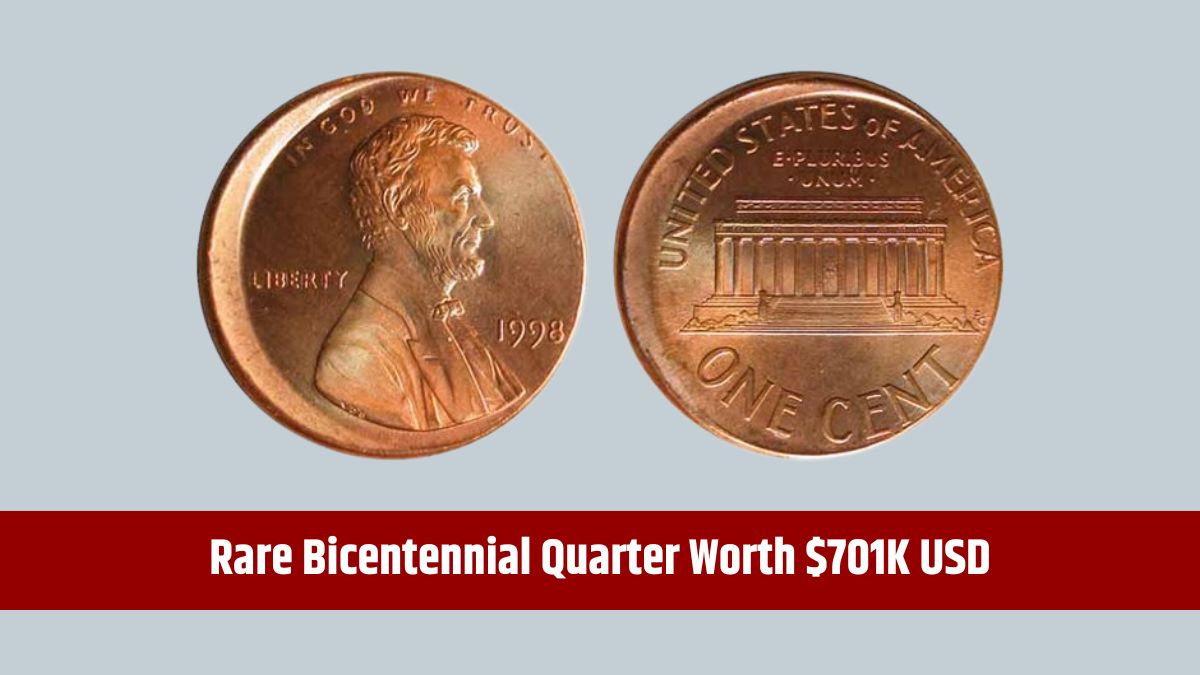The Social Security Administration (SSA) has finalized the payment schedule for November, and some recipients of Social Security Disability Insurance (SSDI) and Supplemental Security Income (SSI) may receive up to three payments in a single month. These programs offer crucial support to people with disabilities and seniors, but not everyone qualifies for both programs. Let’s break down who will get three payments and why.
Eligibility
SSDI and SSI are the most common disability benefits provided by the SSA, but they have different eligibility requirements.
- SSDI: This is for individuals with a qualifying disability who have earned enough work credits and paid taxes to the SSA. You must have a substantial work history to be eligible.
- SSI: Unlike SSDI, SSI is not dependent on work history. It offers financial assistance to low-income individuals who are seniors, blind, or have disabilities.
Some beneficiaries are eligible for both programs, which opens the possibility of receiving three payments in November.
Payment Schedule
The SSA has structured the November payment schedule in such a way that some recipients will receive multiple checks. Here is the breakdown:
- SSI on November 1:
- For seniors, people with disabilities, and blind individuals who have been approved for SSI. This payment may also include back pay or other adjustments.
- SSDI on November 1:
- For people who began receiving Disability Insurance benefits before May 1997 or those who receive both SSDI and SSI, this payment aligns with the SSI schedule.
- SSDI on November 13, 20, or 27:
- Regular SSDI payments will be sent to beneficiaries, but you will only receive one check during the month, based on your birth date.
- SSI on November 29 (for December):
- Because December 1 falls on a weekend, December’s SSI payment will be sent in advance on November 29.
Payments
Certain beneficiaries will receive three payments because of the way the dates fall. Those eligible for both SSI and SSDI will receive two SSI payments (on November 1 and November 29) and one SSDI payment on November 1. This combination results in three payments over the course of November.
Payment Amounts
Knowing the potential amounts is also important. Here are the current average and maximum figures for both programs:
| Benefit Type | Maximum Monthly Payment | Average Monthly Payment |
|---|---|---|
| SSI (single) | $943 | N/A |
| SSI (couple) | $1,415 | N/A |
| SSDI | Varies based on income | $1,539 |
For individuals receiving both SSI and SSDI, the combined amount may be lower than the SSDI average, as income from one program can reduce payments from the other.
Struggling with Finances?
Even if you are receiving both SSI and SSDI, it’s possible that your income still isn’t enough to meet essential needs like food and housing. If you find yourself in this situation, you might be eligible for Supplemental Nutrition Assistance Program (SNAP) benefits, which can help cover food costs. Don’t hesitate to apply if you’re struggling.
If you believe you’re eligible for both SSI and SSDI but are not currently receiving both, consider speaking to an SSA representative to discuss your options.
It’s crucial to know that November’s schedule provides an unusual opportunity for some beneficiaries to receive three checks. These extra payments can offer a little extra breathing room during the month, so be sure to check your benefit status.
FAQs
Who qualifies for SSDI?
Individuals with a qualifying disability and sufficient work credits.
How many SSI checks are issued in November?
Two checks are issued on November 1 and November 29.
Can I receive both SSI and SSDI?
Yes, if you meet eligibility for both programs.
How much is the average SSDI check?
The average SSDI check is around $1,539 per month.
What if I can’t afford food?
You can apply for SNAP benefits to help cover food costs.






